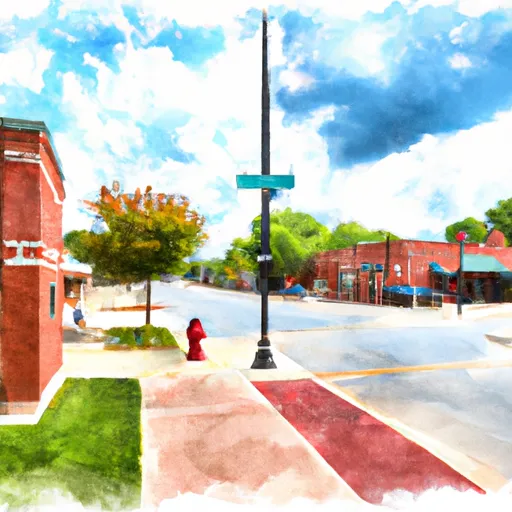°F
°F
mph
Windspeed
%
Humidity











Millersville, Missouri is a charming town located in Cape Girardeau County. The climate in Millersville is generally mild, characterized by hot summers and cool winters. July tends to be the warmest month with average temperatures around 90°F (32°C), while January is the coldest month with temperatures dropping to about 20°F (-6°C). The area experiences moderate precipitation throughout the year.
Millersville is surrounded by picturesque landscapes, with several water bodies contributing to its hydrology. The town lies near the Whitewater River and is close to Lake Girardeau, providing opportunities for water-based activities like fishing, boating, and swimming. The region also boasts many natural springs, creeks, and streams that add to its hydrological diversity.
Outdoor enthusiasts will find a variety of recreational opportunities in Millersville. The nearby Trail of Tears State Park offers hiking trails, picnic areas, and camping spots, providing a chance to immerse oneself in nature. Additionally, the area is known for its excellent hunting and fishing opportunities, attracting sportsmen from across the region.
In conclusion, Millersville, Missouri offers a pleasant climate, diverse hydrology constituents, and numerous outdoor recreation options, making it an ideal destination for nature lovers and adventure seekers alike.
Weather Forecast
Millersville receives approximately 1196mm of rain per year, with humidity levels near 85% and air temperatures averaging around 14°C. Millersville has a plant hardyness factor of 6, meaning plants and agriculture in this region thrive during a short period during spring and early summer. Most plants will die off during the colder winter months.
Regional Streamflow Levels
362
Cubic Feet Per Second
66
Cubic Feet Per Second
577
Cubic Feet Per Second
1,800
Cubic Feet Per Second
Nearby Camping
| Camping Area | Reservations | Toilets | Showers |
|---|---|---|---|
| Fontainebleau State Park | |||
| Simpson County Lake | |||
| Okatoma Water Park | |||
| Lake Columbia | |||
| Dry Creek Water Park | |||
| DLo Water Park |



